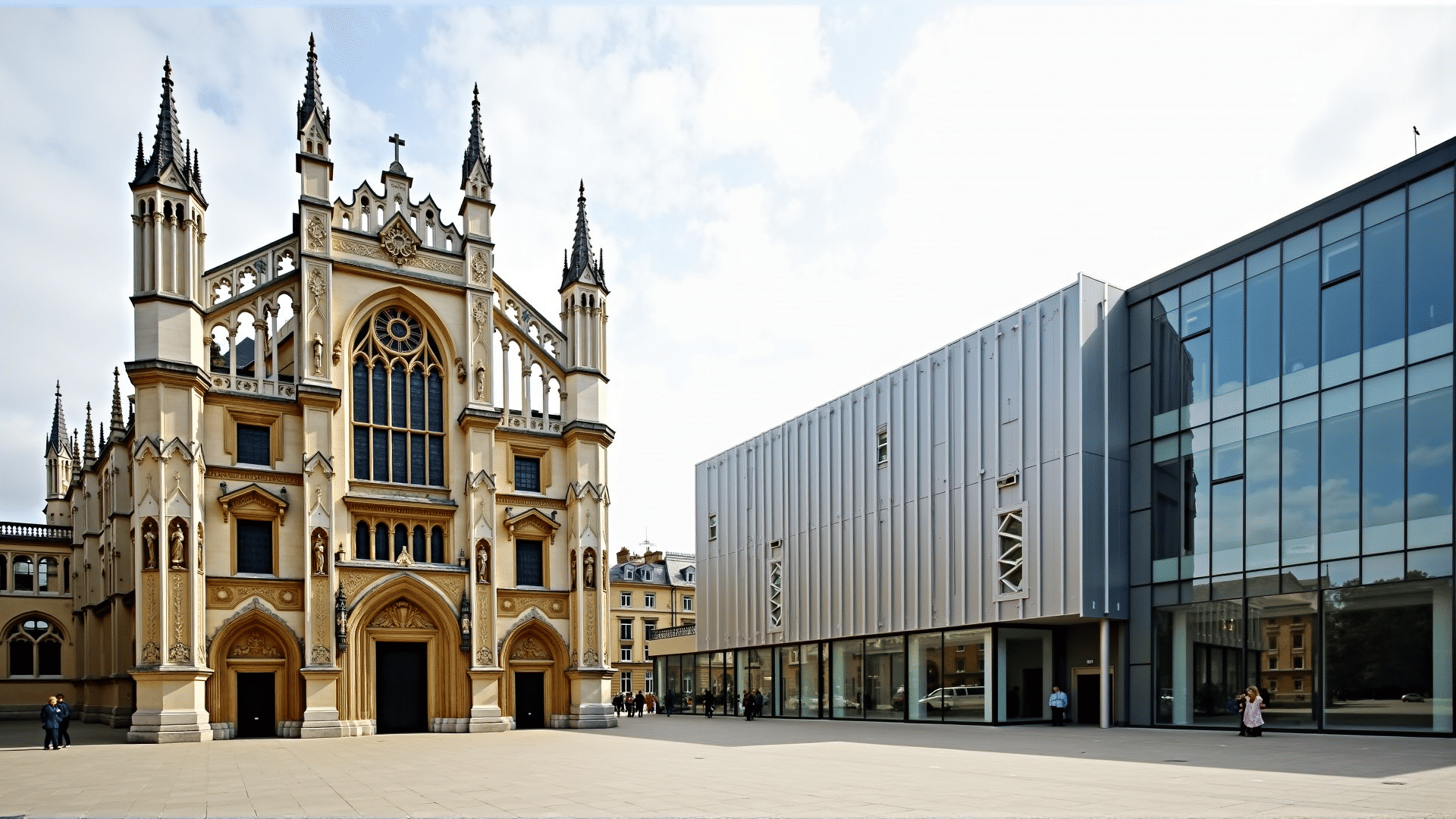Westminster, an area in the heart of London, serves as a splendid tapestry woven with threads of architectural grandeur from various eras. From the iconic silhouette of the Houses of Parliament to the understated elegance of contemporary structures, Westminster stands as a testament to Britain's evolving architectural narrative. This guided tour explores both the celebrated edifices and the hidden gems that imbue this area with its distinct character.
Our journey begins with the architectural jewel that is the Palace of Westminster. Originally constructed in the 11th century, this Gothic masterpiece has undergone multiple transformations, primarily after a devastating fire in 1834. The redesign by Sir Charles Barry, with the intricate detailing by Augustus Pugin, bestowed upon us the instantly recognizable Elizabeth Tower, home to Big Ben. The ornate interiors of the Palace, including the House of Lords and House of Commons, reflect a mastery of Gothic Revival, serving both functional and ceremonial purposes for the British government.
Not far from this iconic structure stands Westminster Abbey, a beacon of religious heritage and royal history. As an exquisite example of Early English Gothic architecture, the Abbey has borne witness to historic events including coronations, royal weddings, and funerals since its consecration in 1065. Its intricate stonework, remarkable stained glass windows, and the serene Poets' Corner offer a blend of solemnity and grandeur, inviting visitors from all over the globe.
While Westminster is deeply rooted in tradition, it also embraces the innovative spirit of modern architecture. The transformation is evident in structures like Portcullis House, completed in 2001. Integrating cutting-edge design with environmental sustainability, the building features a glass façade and a series of iconic roof ventilation towers, blending modern engineering with the historical context of its surroundings. It represents a forward-thinking approach in line with the demands of contemporary governance.
Venturing further into Westminster, the hidden architectural gems begin to unfold. St John's Smith Square, a Baroque church turned concert hall, exhibits the resilience and adaptability of architectural spaces. It survived near destruction during World War II and has been lovingly restored as a venue for powerful acoustical performances, marrying historical reverence with cultural innovation.
Another notable inclusion is the Supreme Court, housed in the historic Middlesex Guildhall. The building stands as a fusion of neo-Gothic exterior and modern interiors, reflecting the dynamic balance between the areas' storied past and its present-day role in the justice system. The sensitive restoration of the Guildhall ensures that its historical integrity is preserved while providing state-of-the-art facilities for contemporary judicial proceedings.
The facade of New Scotland Yard, completed in 2016, epitomizes the sleek and efficient ethos of modern architecture in Westminster. Combining glass, steel, and precision, the transparent design symbolizes openness and accessibility, conveying a message of public service and protection.
As we journey through Westminster's architectural landscape, it is evident that the area serves as a living museum where past and present coexist harmoniously. Each structure, whether a towering icon or a concealed refuge, contributes to the narrative of a city constantly in conversation with its history while progressing toward the future.
In conclusion, Westminster's architectural heritage is a vivid chronicle of British history and artistic achievement. The juxtaposition of historical landmarks with contemporary designs not only celebrates the rich legacy of the past but also underscores the innovative spirit that will guide its future. As one strolls through Westminster, the stones beneath our feet and the spires above serve as reminders of the ever-evolving dialogue between tradition and modernity that defines this remarkable district.
